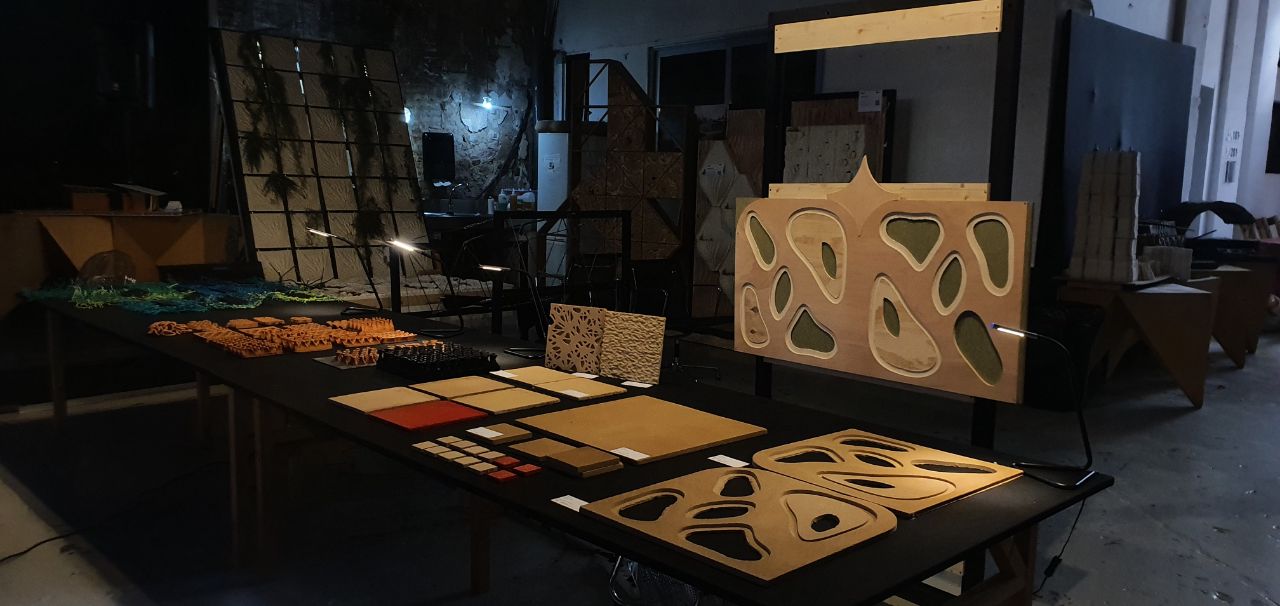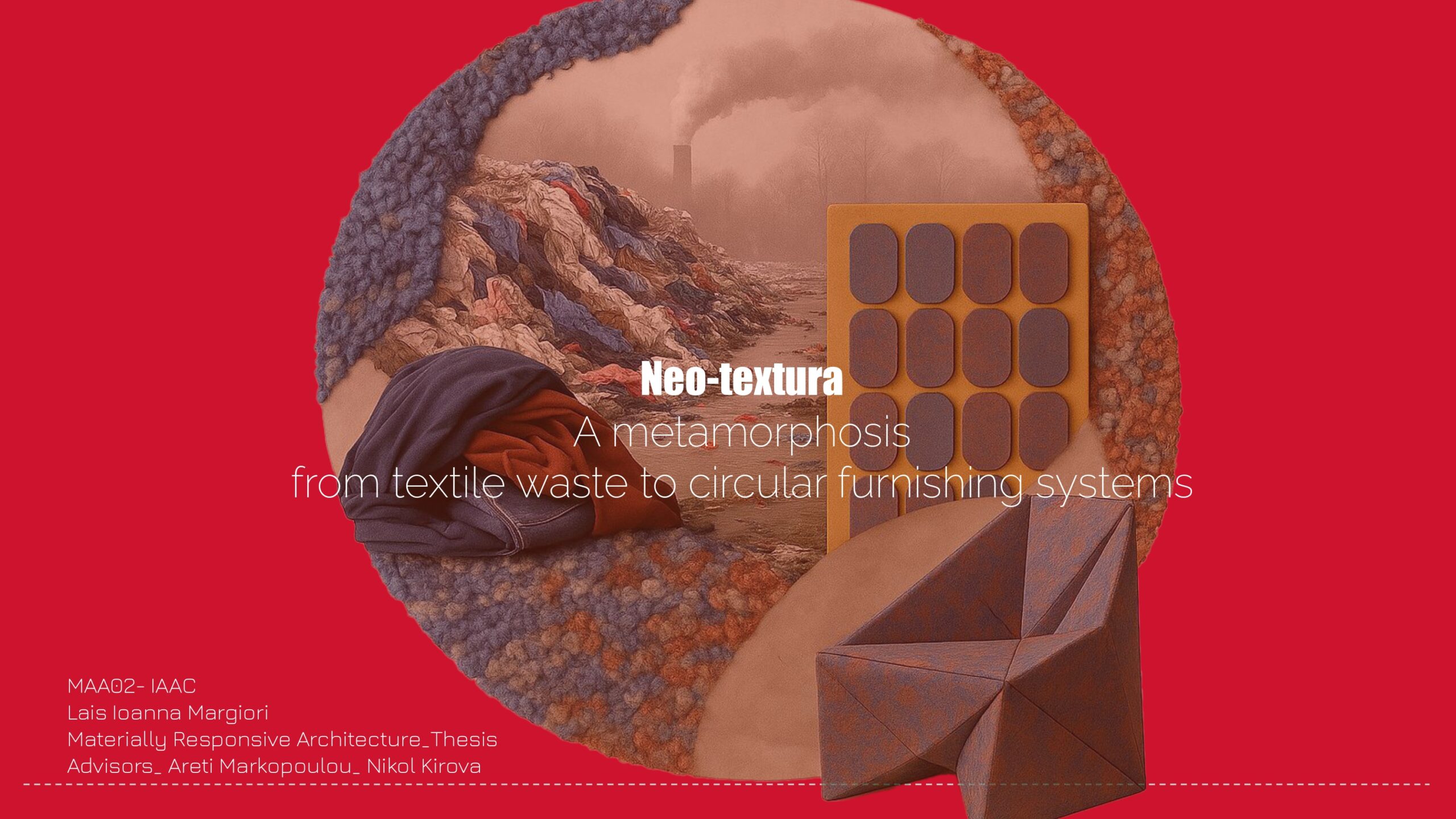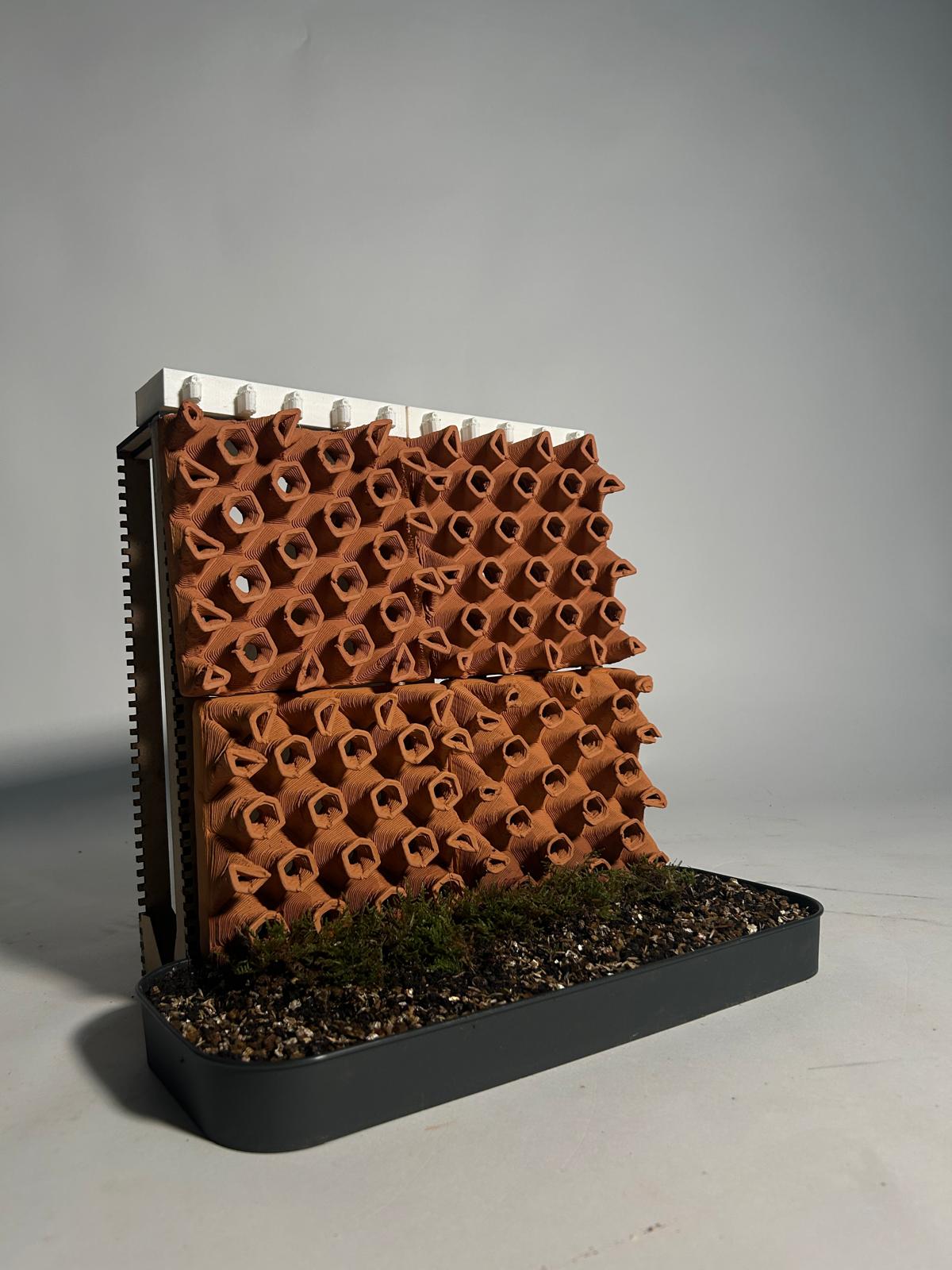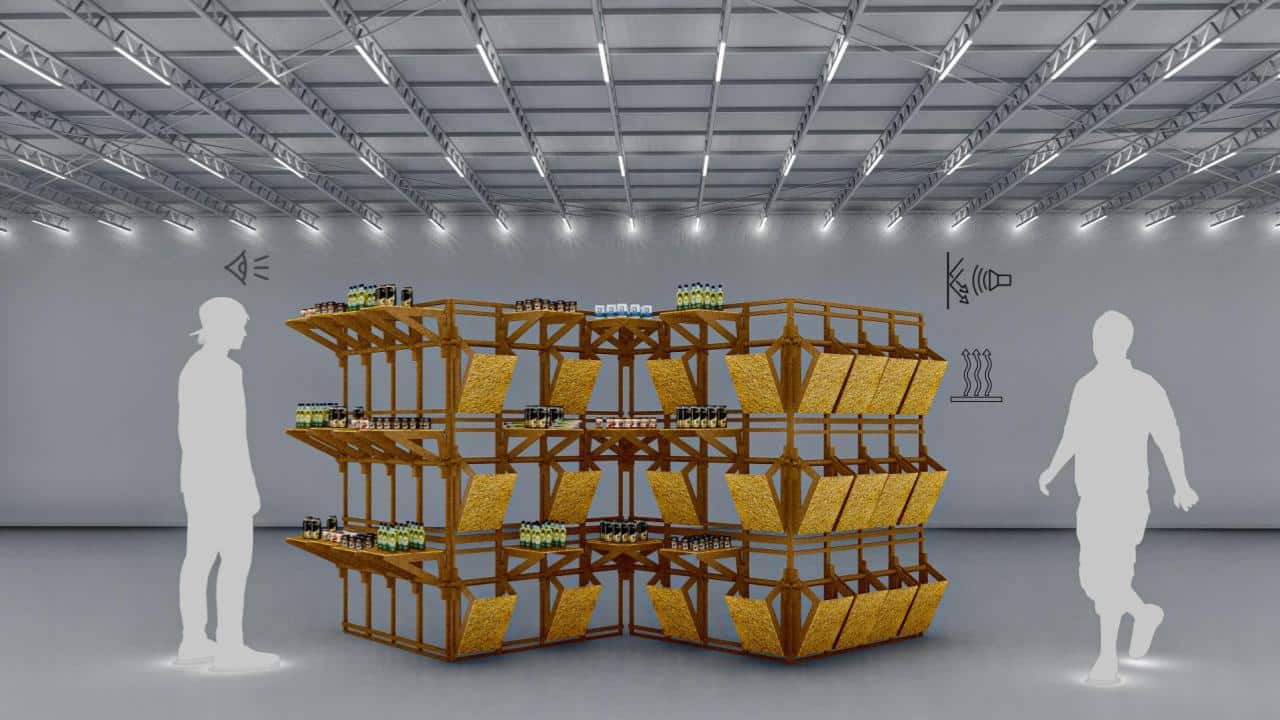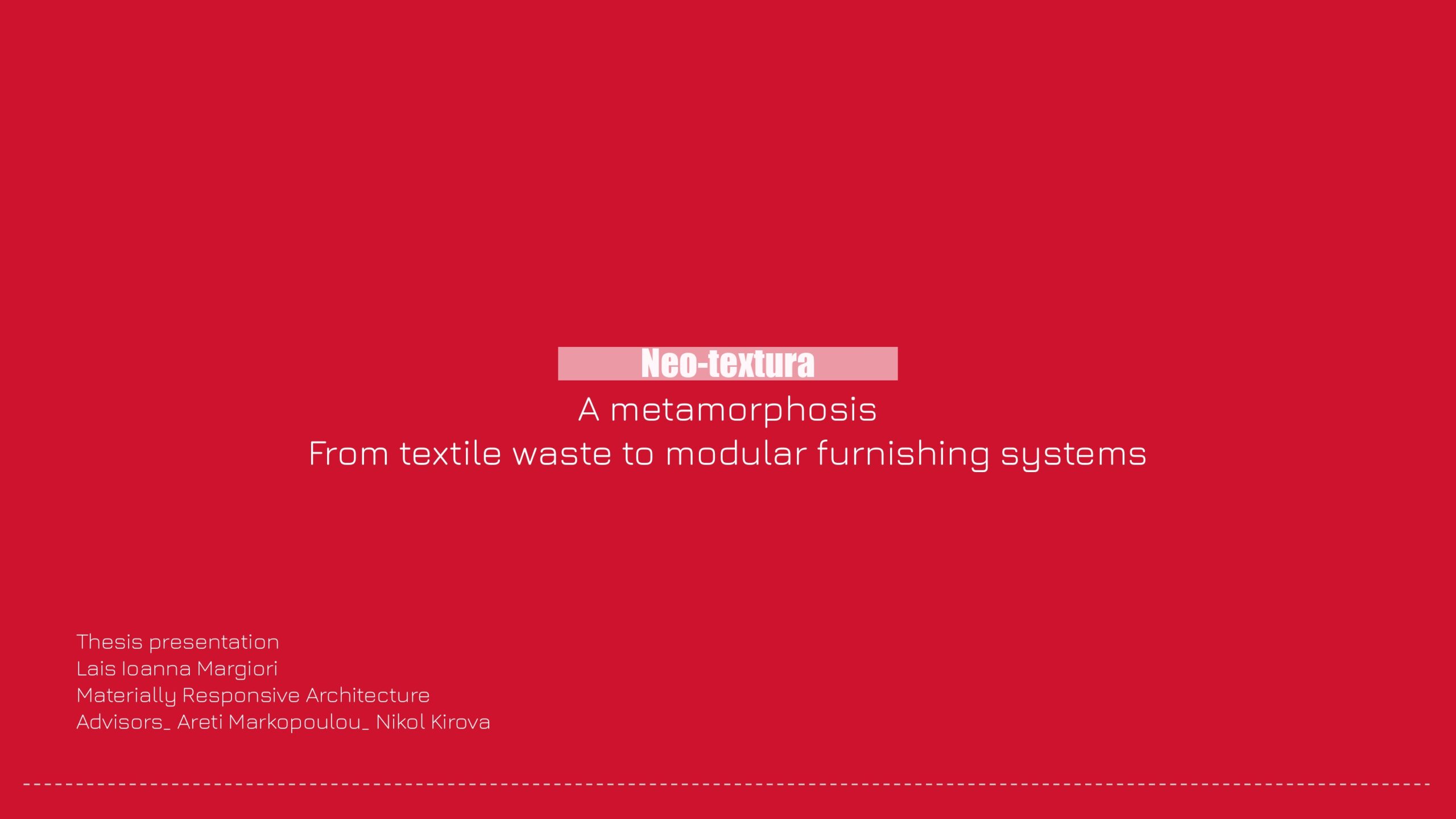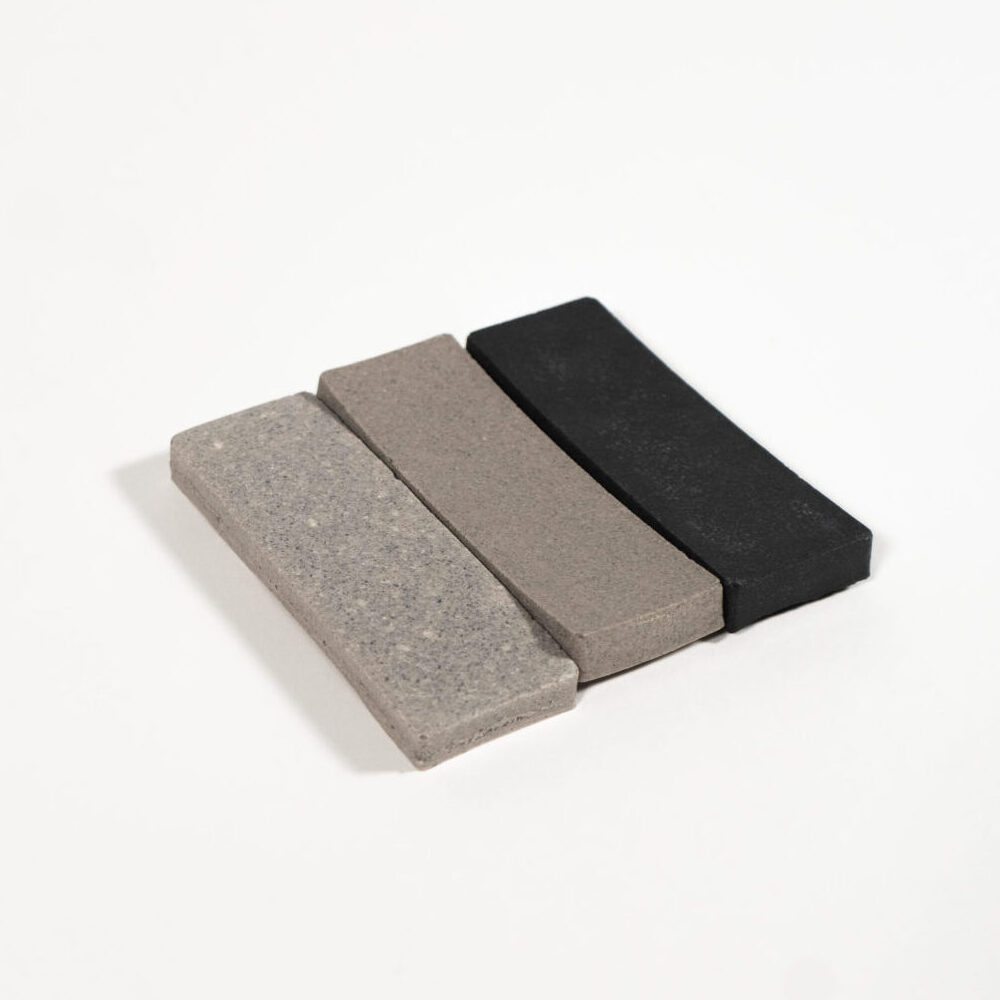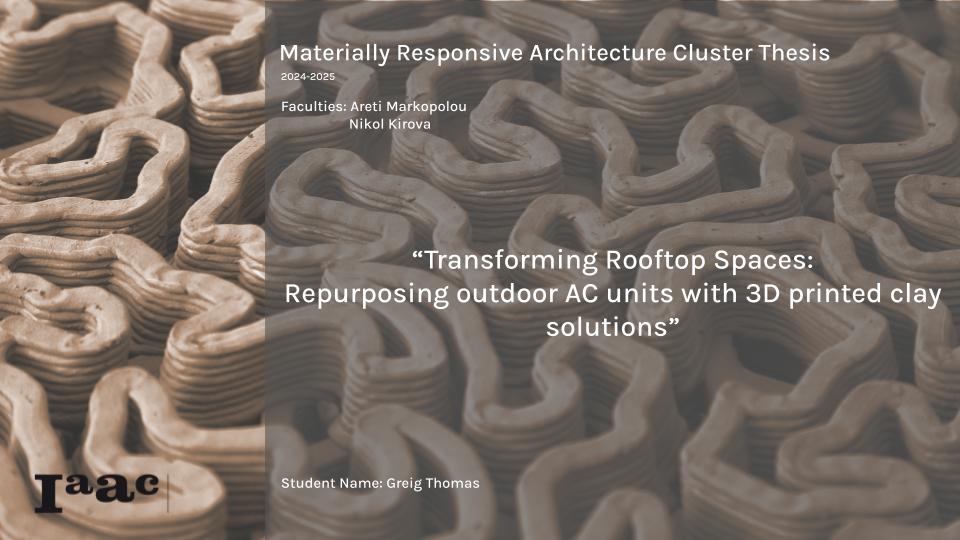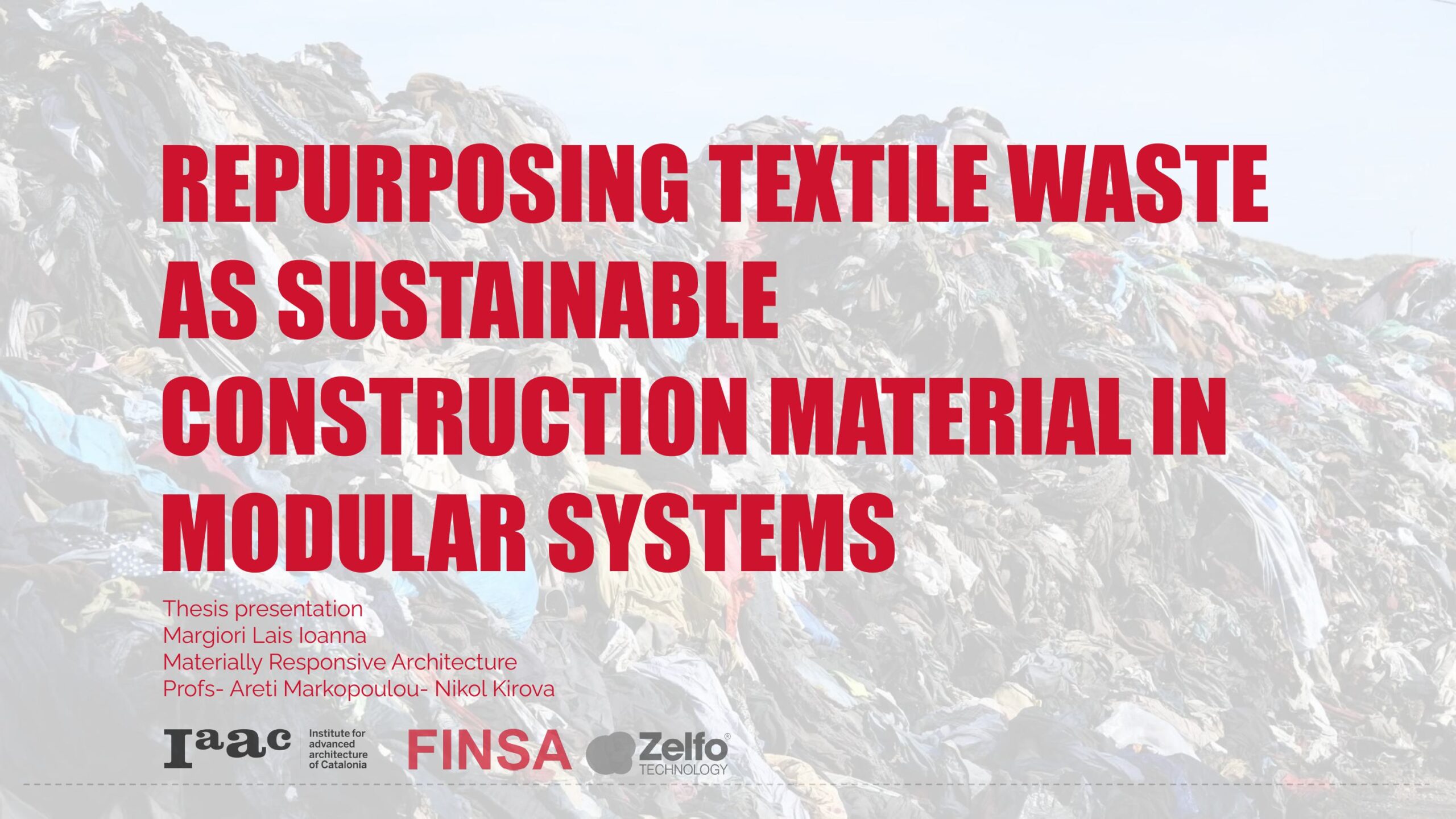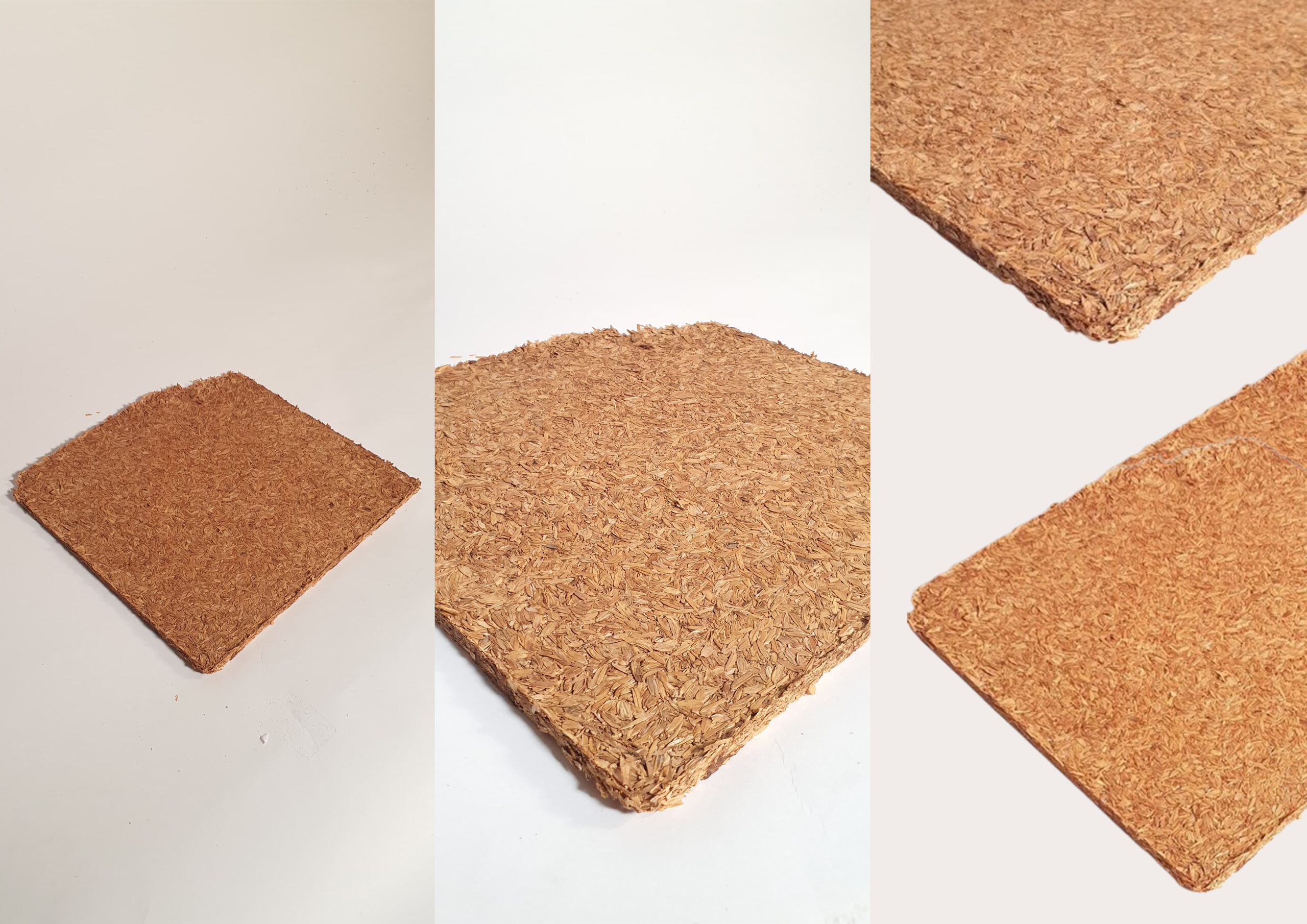Syllabus

Credits: RE.Print by Pragati Vasant Patilkul, Design Behaviours Thesis Cluster MAA02 22/23
Intro Description & Structure
The construction industry, as a major contributor to ecological disruption, is at a pivotal moment to rethink its material practices. The Materially Responsive Architecture cluster examines the paradigm shift from resource scarcity to abundance, placing matter at the core of architectural action and leveraging advancements in digital technologies to confront the extractive and consumptive logic of the built environment. Students will explore how material innovations coupled with design strategies like urban mining, adaptive reuse, and upcycling waste streams can place materials at the core of a circular carbon economy. The cluster challenges traditional architectural norms by redefining resources, expanding their sources, and fostering innovation to advance decarbonization goals.
Central to this exploration is the integration of reclaimed, upcycled and biomaterials, including biochar, cork and geopolymers, among others, alongside advanced digital tools like material analytics, life cycle assessments, and digital libraries for reuse. Students will investigate how computation enables monitoring material flows, carbon offsets, and embodied carbon measurements to inform decision-making and enhance sustainable practices. By incorporating metabolic architectural concepts—buildings that digest waste, decompose, or adapt to material availability—the cluster envisions new aesthetics and redefined building life cycles that emphasise regeneration over reduction.
This thesis cluster prioritises applied research and interdisciplinary collaboration, encouraging students to experiment with innovative manufacturing processes, from bespoke 3D printing to on-site fabrication. Ethical considerations in material sourcing and design play a key role, ensuring that construction projects do not harm vulnerable communities or ecosystems affected by resource extraction. Students will additionally address how responsible land management for novel material resources can support biodiversity, mitigate environmental degradation, and contribute to long-term ecological health while aligning with bioeconomic models and social equity goals.
Ultimately, Materially Responsive Architecture reimagines the built environment as a restorative system—transforming buildings into carbon sinks, fostering biogenic carbon storage, and redefining traditional approaches to urban development. By embracing both natural and technological solutions, the cluster challenges students to explore transformative approaches to design that align material and construction innovation with ecological and social stewardship.
From farming matter to harvesting expired building components, Materially Responsive Architecture explores the power of design and its potential to integrate both natural and technological solutions to mitigate the harmful and extractive nature of current design and construction protocols.
Keywords:
circular design, circular/upcycling materials, circular economy, computed matter, smart buildings, adaptive structures, performative architecture, responsive architecture.
Faculty
Projects from this course
Alkrete
Chitosan-Based Geopolymers for Acid Neutralization in Urban and Coastal Ecosystems Acidity shows up in our environment in different ways: as acid rain in cities and forests, acidified soils near industrial and agricultural areas, and even in the oceans due to rising CO₂ absorption. These are often treated as separate problems, however they’re not isolated phenomena. … Read more
Bio-Build/ final 3rd Term
From Farm to Form It’s estimated that around the world we could create up to 2 billion tones of agricultural waste each year. The EU produces 700 million tones of agricultural waste annually The key point I want to emphasize here is the upcycling of rice husks to unlock greater value. While converting rice husks … Read more
TENSH: From Trash To Tension
Reconfigurable Soft Tensile membrane for Set Design from Upcycled Fishing Nets
Neo-textura
A metamorphosis from textile waste to circular furnishing systems Fast fashion generates over 92 million tonnes of textile waste per year, contributing to environmental pollution, while the construction industry is facing escalating costs and a massive carbon footprint.Raising the question of how post-consumer textile waste can be transformed into panels suitable for various interiors without … Read more
Chitosan-based Tiles in Mitigating Water Stress
Water scarcity is a growing issue. Today, over two billion people live in areas with high water stress, and many major cities, like Barcelona, are increasingly facing drought conditions. Yet, in our daily lives, we still rely on potable water for non-drinking uses, such as flushing toilets, cooling towers/air conditioning, and most urban irrigation. Potable … Read more
Neo-textura
Neo-textura A metamorphosis From textile waste to modular furnishing systems Neo-Textura is a thesis project that explores the transformation of textile waste into modular furnishing systems in collaboration with industrial companies. This way it is addressing the massive issues of textile waste accumulation. The project takes advantage of the self-binding process of cellulose to create … Read more
Recycled Mussel Shells as a Building Material in Mitigating Water Stress
how can the implementation of recycled mussel shell tiles/bricks in the design and planning of public space and infrastructure help mitigate water stress in costal regions undergoing increased drought? Many of these costal regions have an under utilized byproduct: mussel shells. The above diagram shows the existing waste lifecycle of mussel shells and a potential … Read more
Tensile Soft Membrane
Reconfigurable Soft Membrane Architecture:Designing tensile installations from natural & bio- materials for versatile spatial applications
Bio Build
this thesis project is part of a collaboration with Finsa, an industrial partner of IAAC. Together, we are working on developing innovative composite materials that can be processed using cutting-edge pressing technology provided by another industrial partner. This technology relies heavily on the presence of cellulose, as its functionality is directly tied to the cellulose … Read more





